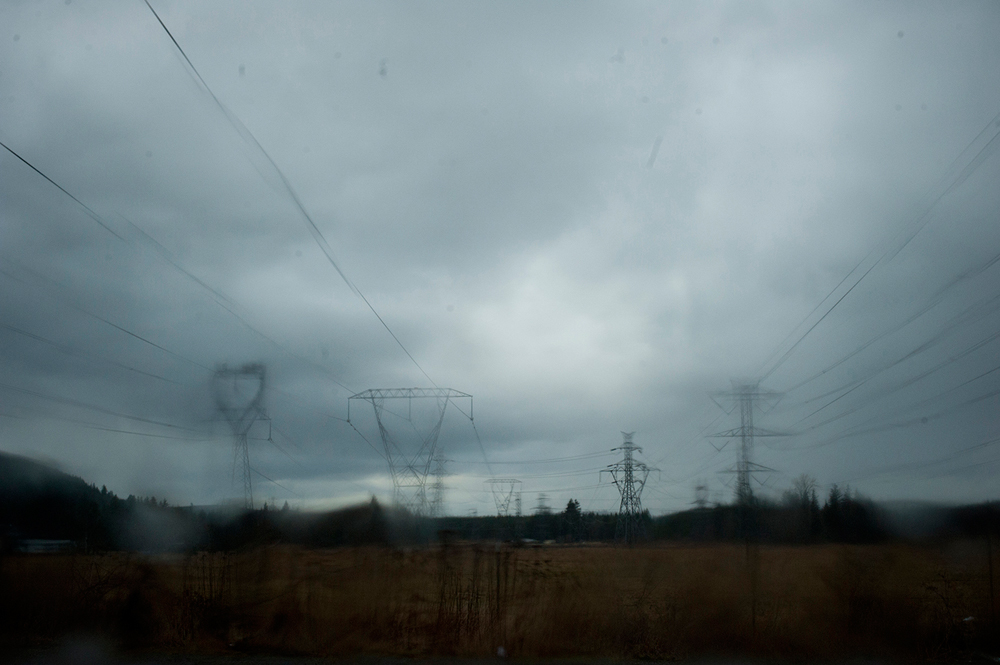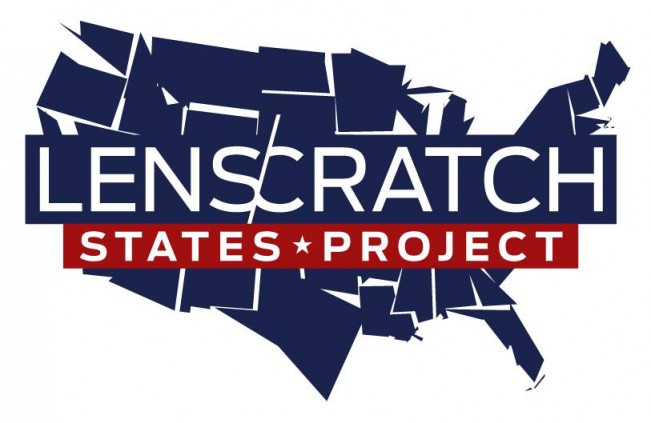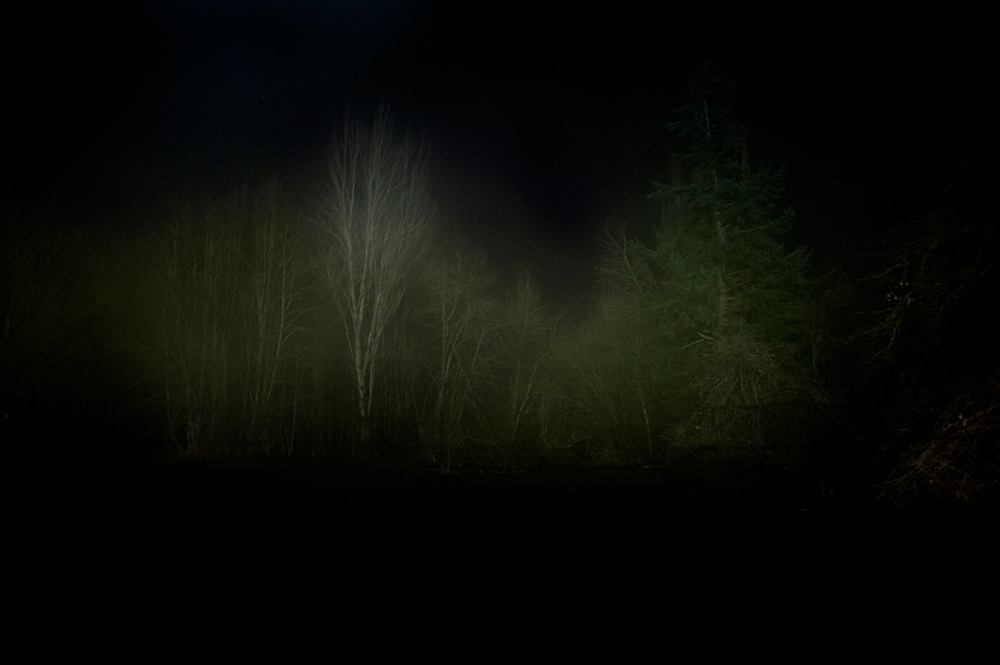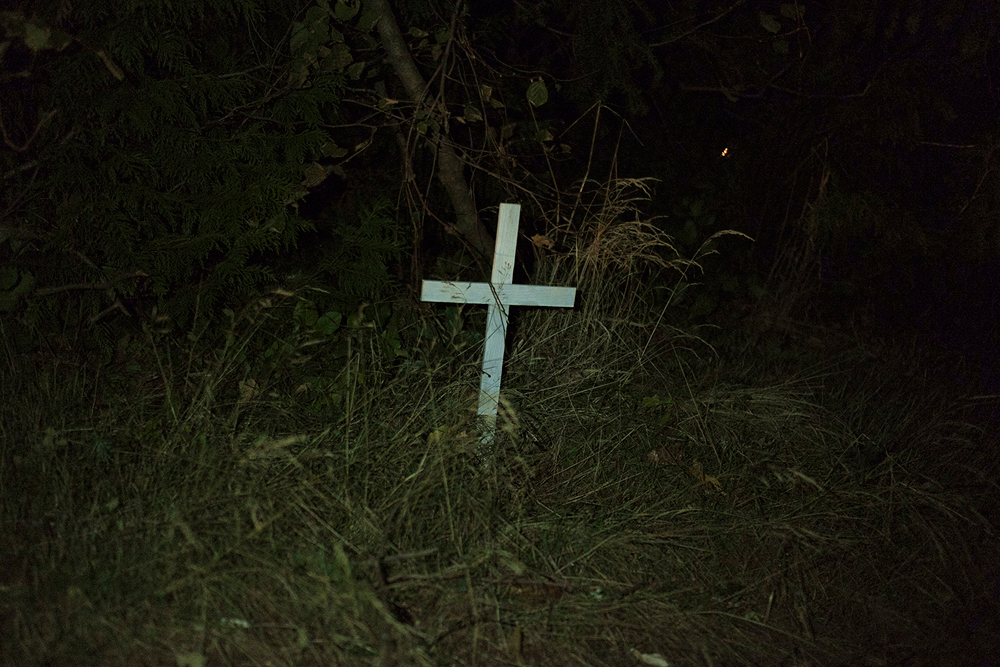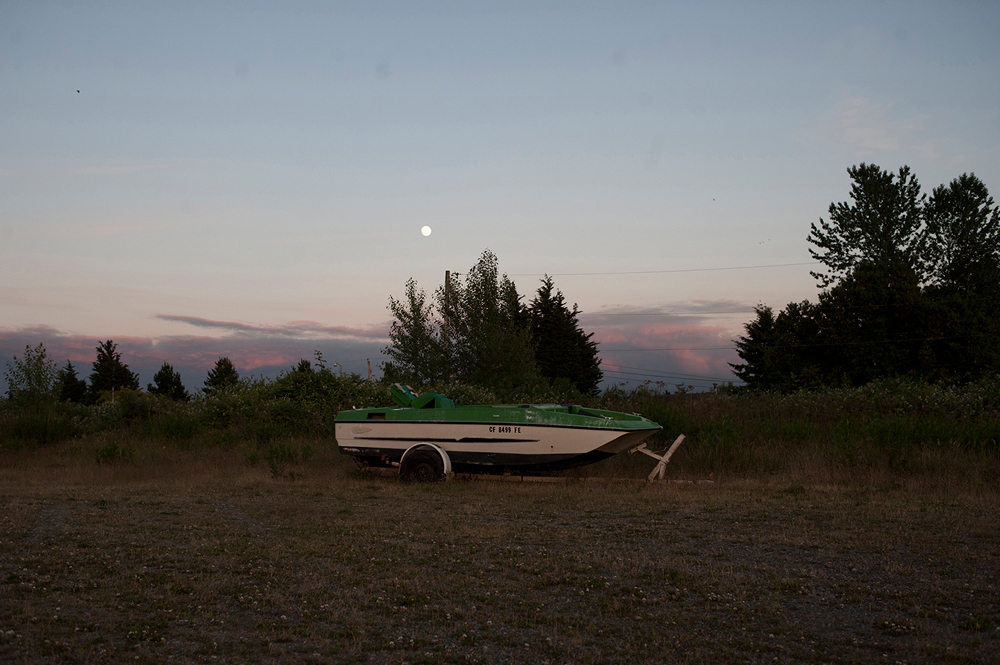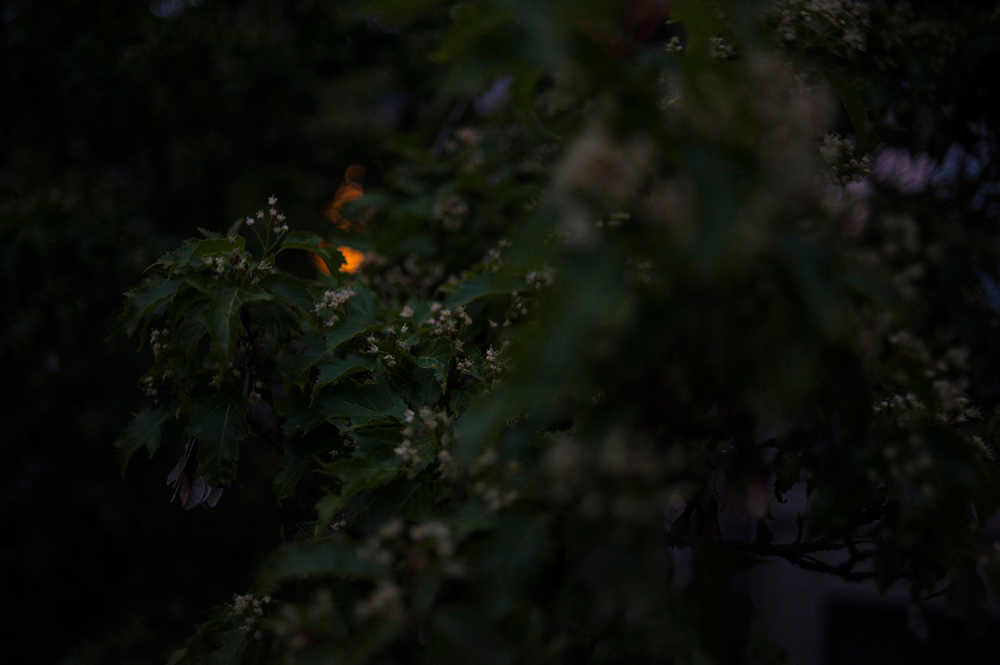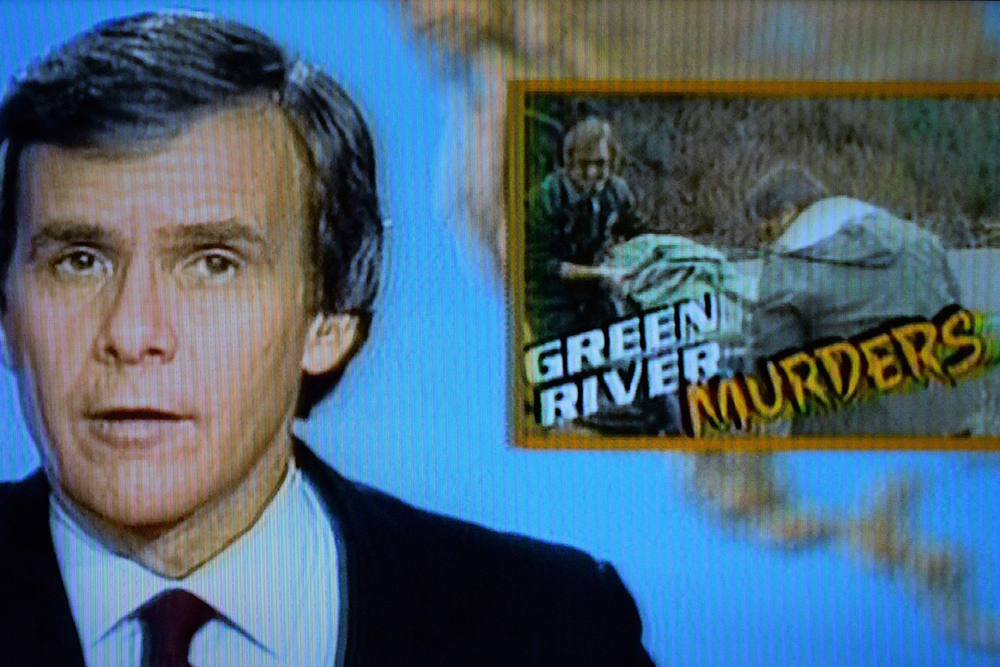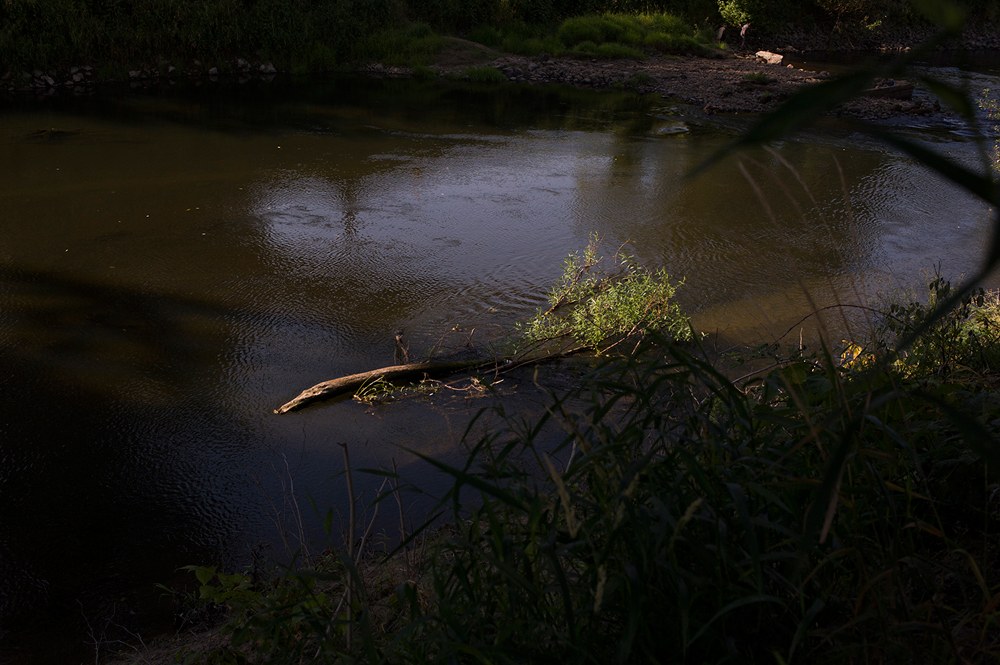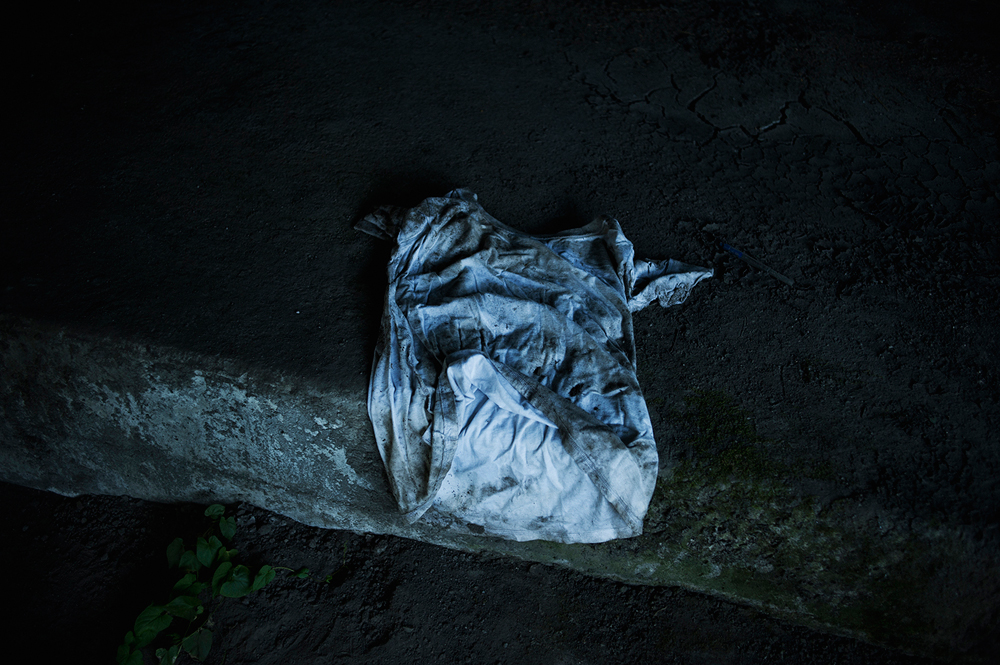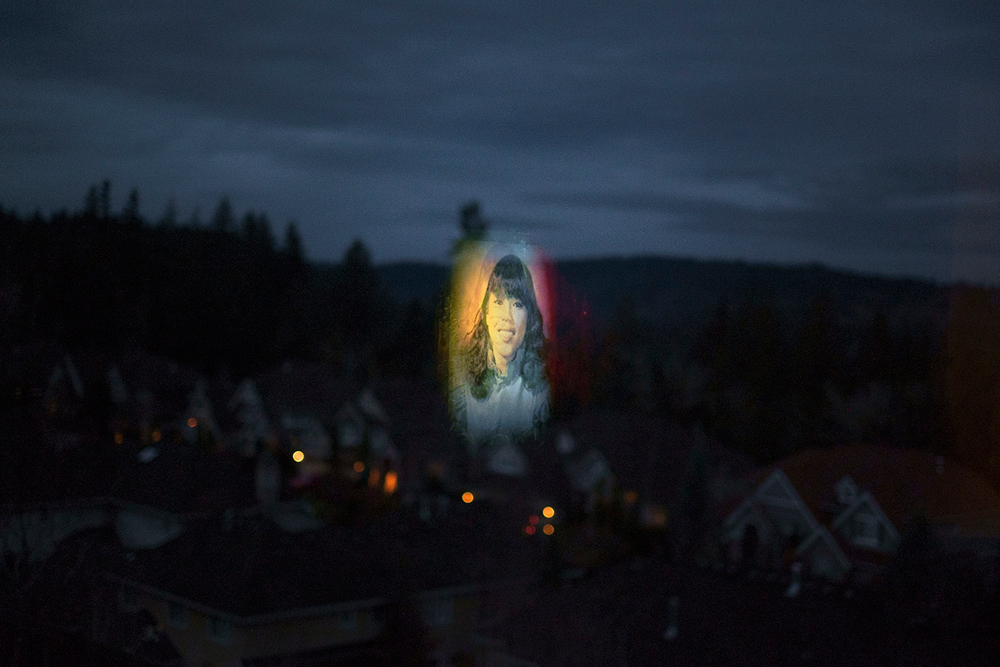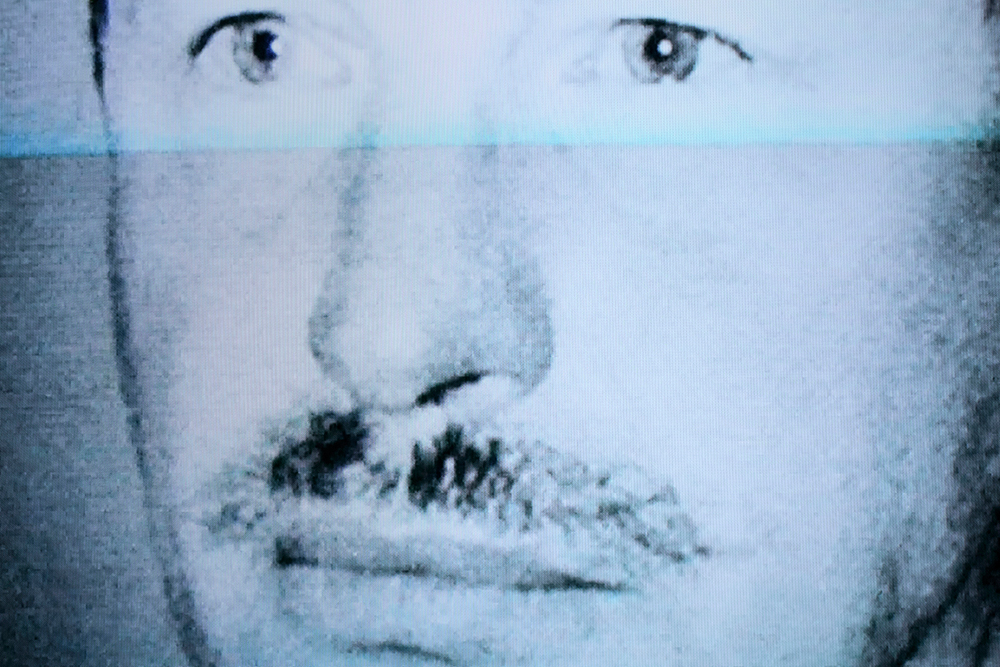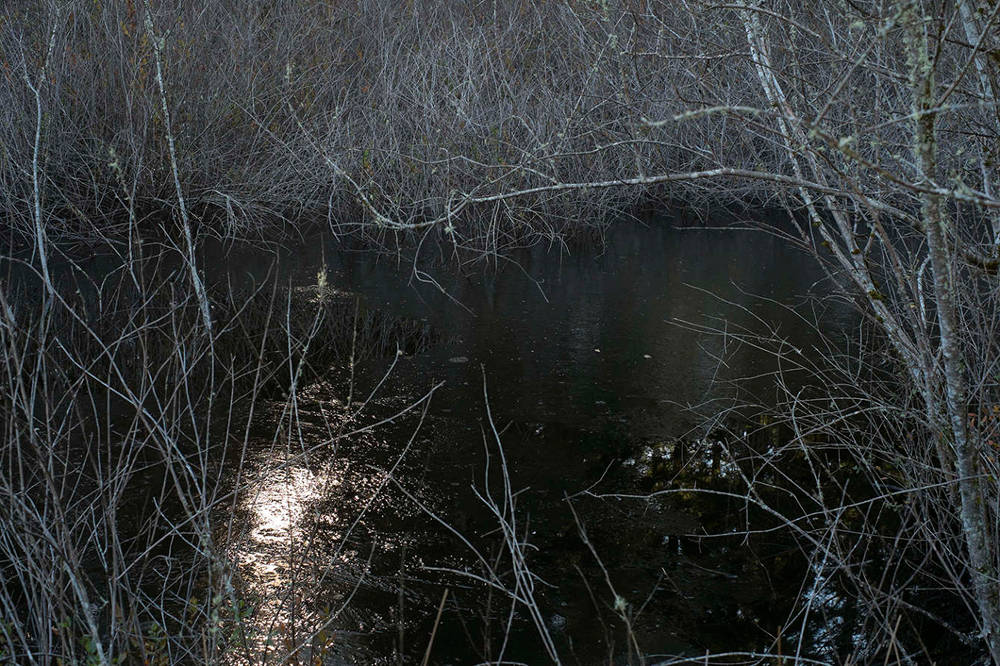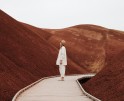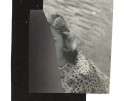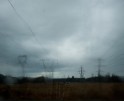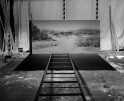Alan Hunter: The States Project: Washington
I still haven’t met Alan Hunter in person, but I’ve been drawn to his work and our shared love of heavy metal since I moved to Seattle. His most accomplished series, Green River Land, is a pseudo-documentary series that follows the story of Seattle’s infamous Green River Killer, Gary Ridgway. In 1982, Ridgway went on a killing spree and was convicted of killing 49 people just south of Seattle. In the spirit of photographers like Christian Patterson, Juan Fontcuberta, and Michael Schmelling, Hunter builds a cryptic narrative combining found photos, newspaper cutouts, court and police documents and photographs of the Pacific Northwest landscape to unfold a terrifying story. It’s not only an exploration of the mysterious murders, but of the bleak stretch of land encompassing Hunter’s home.
Alan Hunter (b. 1985) is a Seattle-based photographer, artist, bookmaker, and carpenter. He’s hung work on some walls and been published in a few magazines and books, but his work mostly lives online. Alan enjoys mutts, heavy metal, and tacos.
Green River Land
In July 1982 the body of 16-year-old Wendy Lee Coffield was found in the Green River near the Peck Bridge in Kent, Washington. A month later, in the span of just a few days, the bodies of four more young women were discovered very near the first. This was only the beginning of what would become one of the most monstrous crime sprees in history.
Hidden among the drab, suburban normality of my childhood, the killer was a bogeyman. A phantom. A monster, who managed to elude police and investigators for 20 years as he stalked the highways, bleak motels, rainy bus stops, and dark woods of the sprawling area, leaving behind the tortured remains of innocent women.
November 2001, a 52-year-old truck painter named Gary Leon Ridgway was arrested in connection with the murders. The most prolific serial murderer in American history, Ridgway eventually confessed to 49 murders (although he claims the number may be much higher). Some of the victims are still unidentified.
Exploring elements of traditional documentary and landscape photography, and incorporating archival materials, documents, text, and alternative photo processes, subjective storytelling, and true crime history, this project examines places and items principle to the case and inspired ideas, while also investigating the eerie environment of my youth.
How did this series begin?
This project began in 2012, shortly after I returned home from studying documentary photography at the Salt Institute in Portland, Maine. My work was taking a darker, quieter turn. In Maine I’d been documenting some marginalized communities, and during my drive back west I found myself in many similar places. The pictures were pretty, but the stories were lacking. When I returned to my hometown, Federal Way (Seattle suburbs), unemployed and living with my folks, I found myself restless and driving the streets at night with my camera looking for the same aesthetic and a stronger story. I wondered how I could document the place in which I grew up; a place full of uninspired tract homes and strip malls; a place I despised. I’d been reading and watching quite a bit of true crime and decided the story of Gary Ridgway and these young ladies was an interesting plot to lead my project about that region.
What was the first image you made for the series?
I don’t remember exactly what the first image was. Could’ve been some busted fishing shack on Frager Road, or an overhead shot of the river from the Peck Bridge, but the first picture I actually remember taking was of a man named John. A short, scruffy, rough-looking guy, he was wading in the river below the bridge “looking for treasure” with a friend. He caught me shooting from above and waved me down to the muddy bank. John and his pal were drinking tall cans and looking for old bottles, metal, coins, and leftovers from the factories that dotted the banks of the Green River way back when. He knew of the Green River Killer, but I don’t believe he was from Washington and wasn’t real interested in talking about it. The images turned out well, but I’ve been on the fence about including them in edits because the work is absent of people.

©Alan Hunter, A copy of of P.D. James’ novel, “The Skull Beneath the Skin” was taken from the Ridgeway residence while officers were collecting evidence.
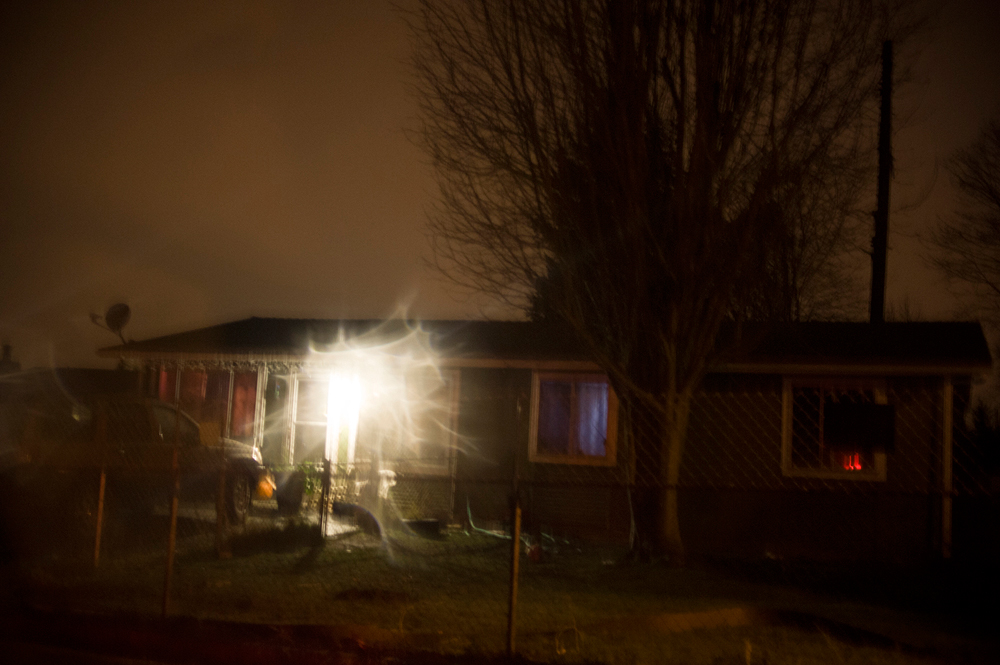
©Alan Hunter, Former home of Gary Ridgway’s off 38th Place South in Seatac, Washington. This was his main residence at the time of the murders.
This isn’t really “documentary” in the traditional sense.
I would agree that Green River Land is not “documentary” in the traditional sense of the word. During my time at Salt I became increasingly interested in work at the intersection of documentary photography and art – for example, that of Michael Schmelling, Christian Patterson, Carolyn Drake and Mikhael Subotzky.
A lot of time has passed since the crimes took place and the landscape of the south sound region has changed significantly. Obviously, this presents a number of challenges when trying to locate key scenes. While keeping true to subjects and locations principle to the story of the Green River Killer it also includes inspired ideas and discoveries. It plays with the past and the present, interjecting my own history into the history of the crimes.
You’re deep in Seattle’s metal scene. Not to generalize, but many of the bands work with themes of violence, the occult, etc. I could see a relationship between that and your fascination with the Green River Killer — what do you think?
While I do often work with bands around Seattle and my work is inspired by music – especially extreme music – I don’t think I made any conscious connections to the lyrical themes of heavy music. There is certainly a moody aesthetic to the project that is a common thread through much of my work, including my music photography. One of my previous projects was about Northwest black metal to which I took a similar approach to shooting the environment and “place,” although the story is unrelated.
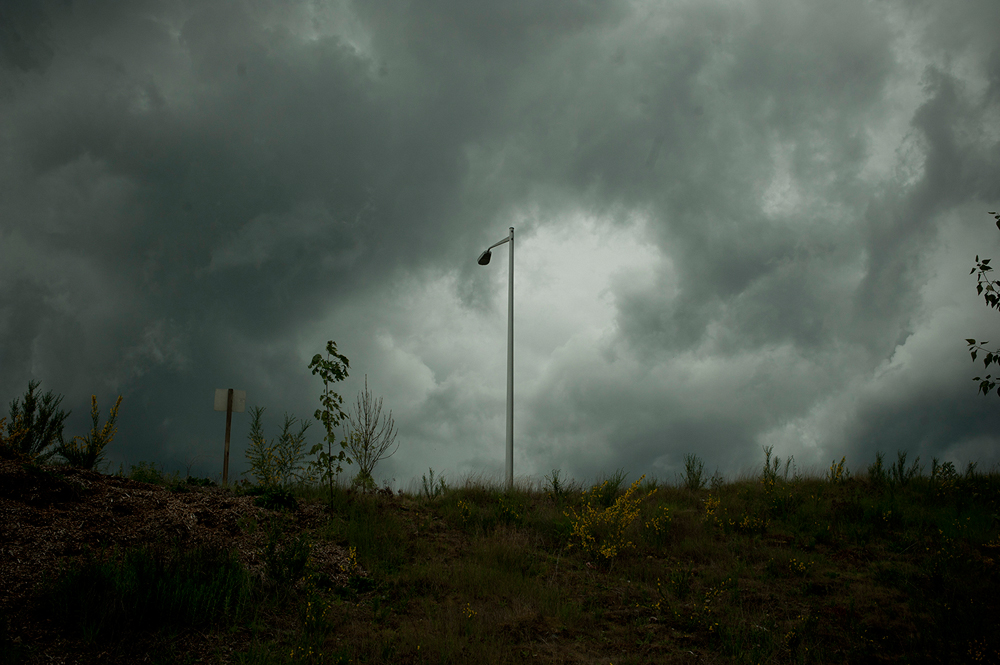
©Alan Hunter, Much of the once-overgrown and secluded land where Ridgway abandoned his victims has since been turned into suburban housing tracts and paved roads.
I tend to ask this a lot in interviews, but I’m curious: If you could make a soundtrack to this series, who would be on it?
Deathpile’s 2003 album “G.R.” is an incredibly harsh power electronics concept album about Ridgway and the murders, but if I were to make my own soundtrack to fit the mood it would probably include some of the following artists: Earth, Mount Eerie, The Body, Bauhaus, Mountain Home, Youth Code, Ludicra, Pharmakon, Nine Inch Nails, Skin Yard, King Dude, Windhand, A Story of Rats.
You’ve been working on this series for at least five years. How has it evolved since you began? Has your understanding of the murders and their mythology shifted?
I have been working on the project for about 5 years. I think much of the reason I have been working on it for this long is because 1) I struggle to balance my photography and my day job and 2) I’ve gone through periods where I’m not so much shooting as I am researching, reading, and absorbing related material. Originally I’d planned to make a pretty straight-forward documentary project, but it has evolved to be more a project about the south sound region using this true crime story as a map to lead the viewer through it. I also began to include more found imagery, informed documents, and alternative processes which will hopefully culminate in a book (or duo of books).
Posts on Lenscratch may not be reproduced without the permission of the Lenscratch staff and the photographer.
Recommended
-
Megumi Shauna Arai: The States Project: WashingtonMarch 18th, 2017
-
Serrah Russell: The States Project: WashingtonMarch 17th, 2017
-
John Keatley: The States Project: WashingtonMarch 16th, 2017
-
Alan Hunter: The States Project: WashingtonMarch 15th, 2017
-
Rodrigo Valenzuela: The States Project: WashingtonMarch 14th, 2017

